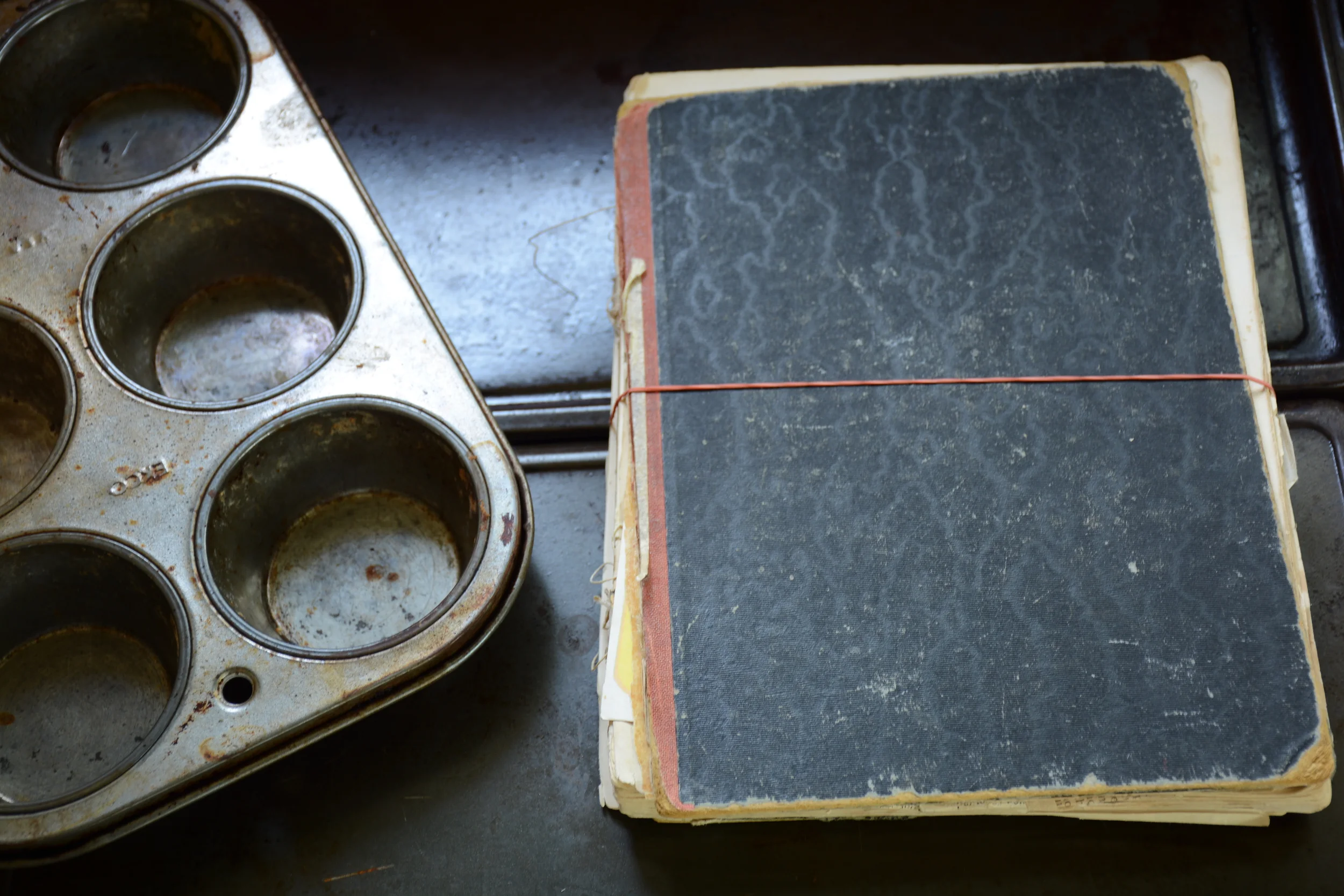How to choose the perfect peach
/I was recently asked to write an article for Edible Toronto on a seasonal fruit of my choice. With peaches about to burst into full flavour, they were the hands down winner.
There are many different ways to preserve peaches, three types of peaches to choose from—freestone, semi-freestone, and clingstone—and numerous varieties within each type.
All are delicious, but when it comes to preserving you will want to keep your eyes open for freestone peaches, the flesh of which separates easily from the pit making it simpler to preserve whole or even in pieces. And if you quickly blanch your peaches in hot water and then plunge them into ice water, the skin of a nice ripe peach will fall away easily in large pieces, making your work that much easier.
I often get asked how to determine when a peach is ready to get made into jam or to be preserved in general. There are a couple of things to keep in mind as well as look out for, and some are more obvious than others.
For me, I always start with smell. Don’t be afraid to pick up a fruit at a market or a store and give it the good old-fashioned sniff test. With most peaches, it should smell just like that first bite into the perfect peach tastes—sweet and delicious. If there is no obvious peach aroma, then there is a high probability that there will be no strong peachy taste.
Keep in mind that this is not true for all varieties of peaches, so be sure to ask questions if you are ever in doubt.
Pay additional attention to the skin and weight of the peach. A nice, ripe peach should feel surprisingly heavy and dense for its size. (Mealy peaches tend to feel lighter in weight.) If the skin is wrinkled or puckered, put that peach right back down because it means it is dehydrated. If the peach is hard, that means it is unripe, but the great thing about peaches is that they will continue to ripen nicely off the tree. Just be sure to lay them out separately and not pile them up in a bowl where their weight could cause those on the bottom to bruise.
I always say that what goes into the jar comes out of the jar, meaning that you want to put the best possible quality of fruit into your preserves. Pass over peaches that are overly bruised or flattened. And if you end up with a peach with a mealy consistency it simply means that it was most likely picked when it was very green and then refrigerated for transport.
To read the full article and to check out some other amazing stories, click here for the online version.




